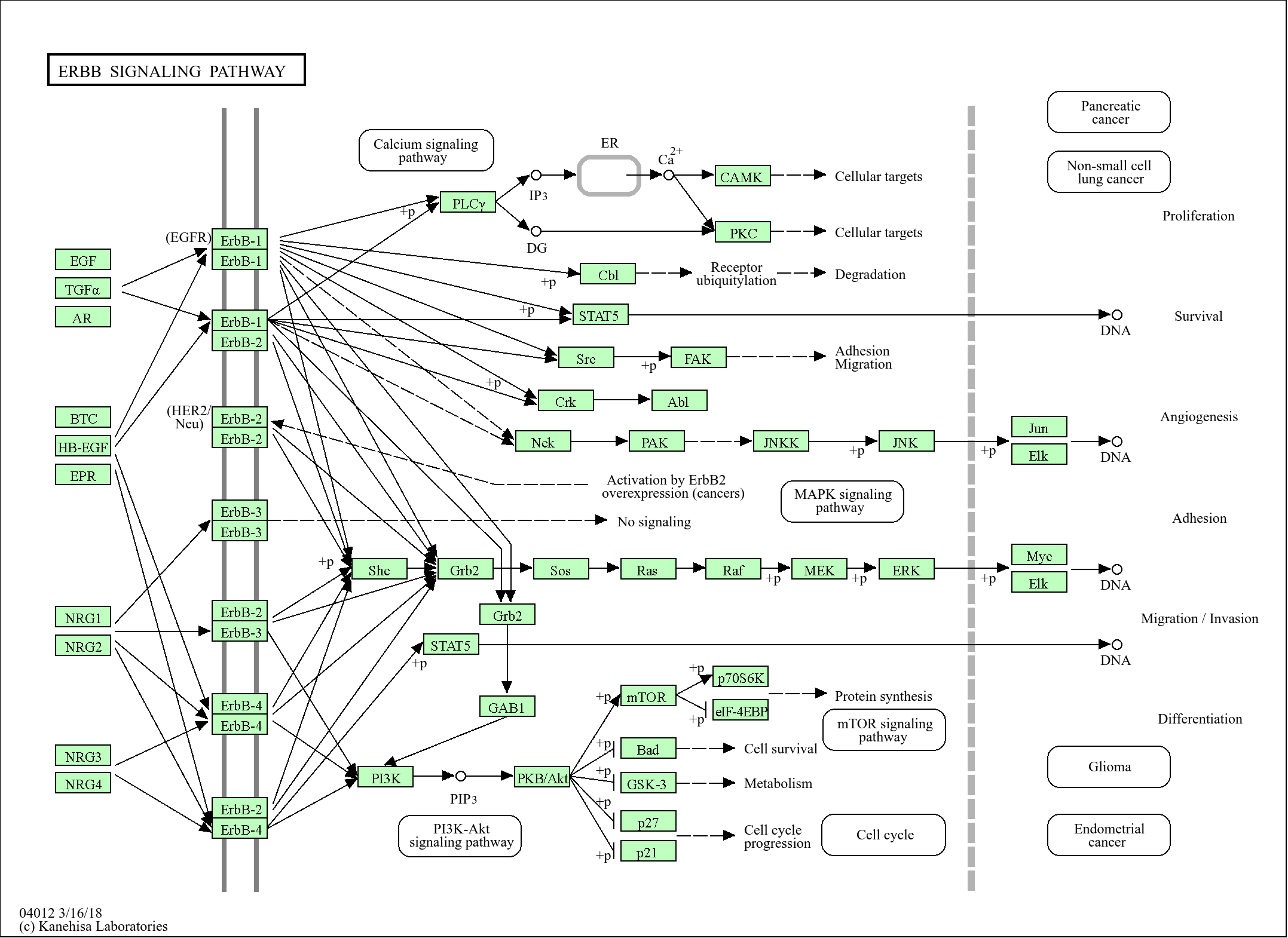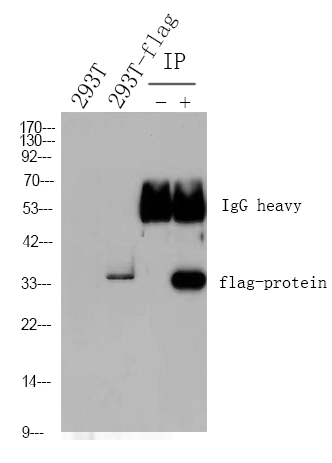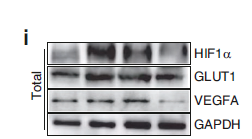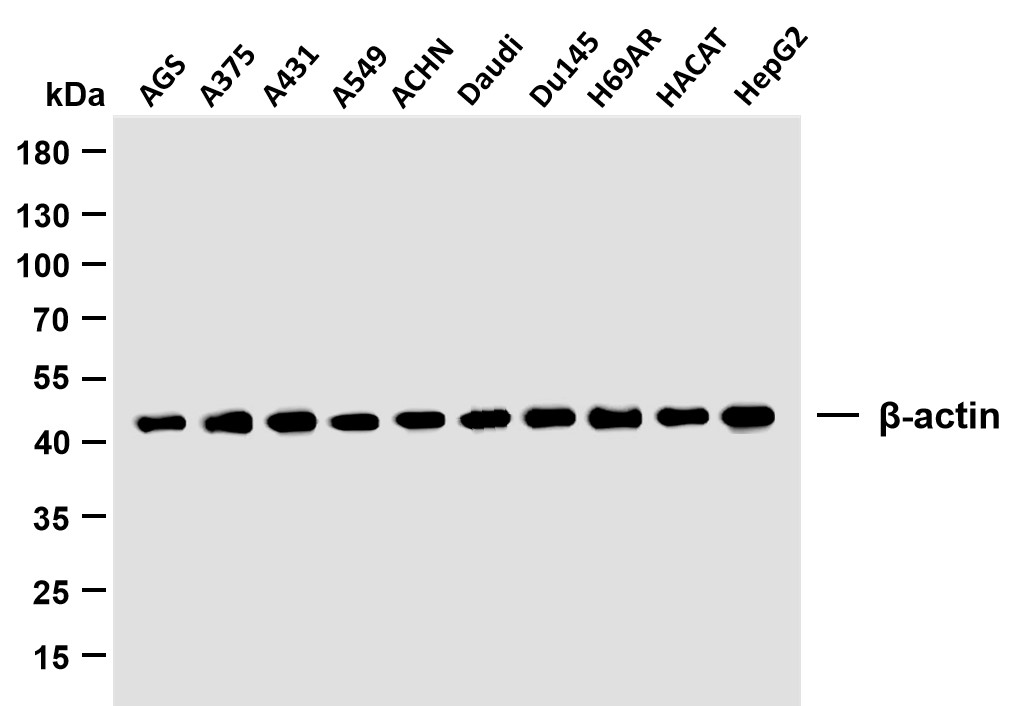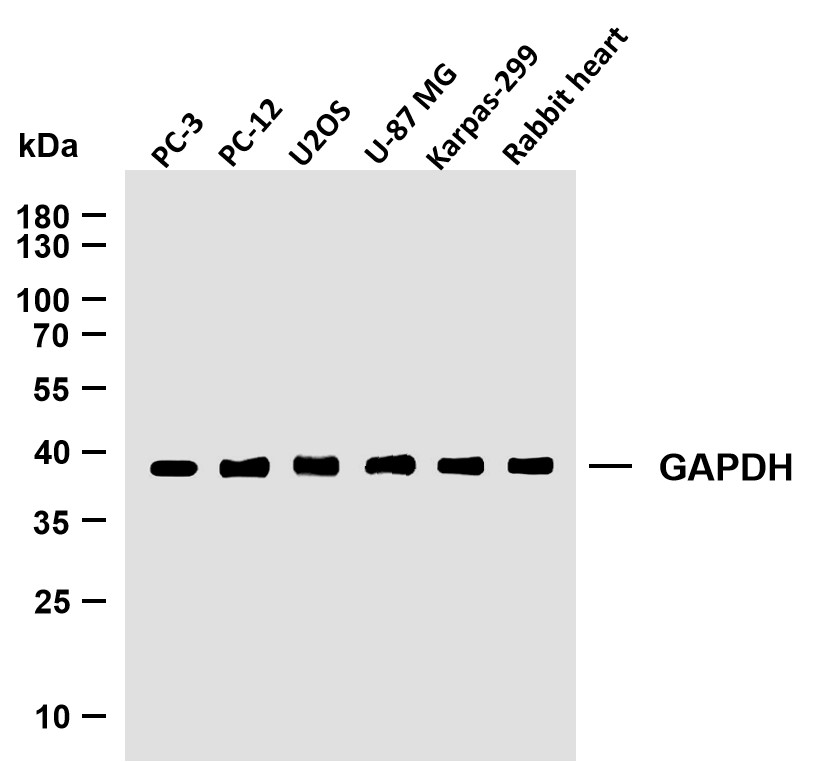
Catalog: YP0304
Size
Price
Status
Qty.
200μL
$600.00
In stock
0
100μL
$340.00
In stock
0
50μL
$190.00
In stock
0
Add to cart


Collected


Collect
Main Information
Target
Flt3
Host Species
Rabbit
Reactivity
Human, Mouse, Monkey
Applications
WB, ELISA
MW
160kD (Observed)
Conjugate/Modification
Phospho
Detailed Information
Recommended Dilution Ratio
WB 1:500-1:2000; ELISA 1:5000; Not yet tested in other applications.
Formulation
Liquid in PBS containing 50% glycerol, 0.5% BSA and 0.02% sodium azide.
Specificity
Phospho-FLT3 (Y599) Polyclonal Antibody detects endogenous levels of FLT3 protein only when phosphorylated at Y599.The name of modified sites may be influenced by many factors, such as species (the modified site was not originally found in human samples) and the change of protein sequence (the previous protein sequence is incomplete, and the protein sequence may be prolonged with the development of protein sequencing technology). When naming, we will use the "numbers" in historical reference to keep the sites consistent with the reports. The antibody binds to the following modification sequence (lowercase letters are modification sites):YEyDL
Purification
The antibody was affinity-purified from rabbit antiserum by affinity-chromatography using epitope-specific immunogen.
Storage
-15°C to -25°C/1 year(Do not lower than -25°C)
Concentration
1 mg/ml
MW(Observed)
160kD
Modification
Phospho
Clonality
Polyclonal
Isotype
IgG
Related Products
Antigen&Target Information
Immunogen:
The antiserum was produced against synthesized peptide derived from human FLT3 around the phosphorylation site of Tyr599. AA range:565-614
show all
Specificity:
Phospho-FLT3 (Y599) Polyclonal Antibody detects endogenous levels of FLT3 protein only when phosphorylated at Y599.The name of modified sites may be influenced by many factors, such as species (the modified site was not originally found in human samples) and the change of protein sequence (the previous protein sequence is incomplete, and the protein sequence may be prolonged with the development of protein sequencing technology). When naming, we will use the "numbers" in historical reference to keep the sites consistent with the reports. The antibody binds to the following modification sequence (lowercase letters are modification sites):YEyDL
show all
Gene Name:
FLT3
show all
Protein Name:
Receptor-type tyrosine-protein kinase FLT3
show all
Other Name:
FLT3 ;
CD135 ;
FLK2 ;
STK1 ;
Receptor-type tyrosine-protein kinase FLT3 ;
FL cytokine receptor ;
Fetal liver kinase-2 ;
FLK-2 ;
Fms-like tyrosine kinase 3 ;
FLT-3 ;
Stem cell tyrosine kinase 1 ;
STK-1 ;
CD antigen CD135
CD135 ;
FLK2 ;
STK1 ;
Receptor-type tyrosine-protein kinase FLT3 ;
FL cytokine receptor ;
Fetal liver kinase-2 ;
FLK-2 ;
Fms-like tyrosine kinase 3 ;
FLT-3 ;
Stem cell tyrosine kinase 1 ;
STK-1 ;
CD antigen CD135
show all
Background:
This gene encodes a class III receptor tyrosine kinase that regulates hematopoiesis. This receptor is activated by binding of the fms-related tyrosine kinase 3 ligand to the extracellular domain, which induces homodimer formation in the plasma membrane leading to autophosphorylation of the receptor. The activated receptor kinase subsequently phosphorylates and activates multiple cytoplasmic effector molecules in pathways involved in apoptosis, proliferation, and differentiation of hematopoietic cells in bone marrow. Mutations that result in the constitutive activation of this receptor result in acute myeloid leukemia and acute lymphoblastic leukemia. [provided by RefSeq, Jan 2015],
show all
Function:
Catalytic activity:ATP + a [protein]-L-tyrosine = ADP + a [protein]-L-tyrosine phosphate.,Function:Receptor for the FL cytokine. Has a tyrosine-protein kinase activity.,similarity:Belongs to the protein kinase superfamily. Tyr protein kinase family.,similarity:Belongs to the protein kinase superfamily. Tyr protein kinase family. CSF-1/PDGF receptor subfamily.,similarity:Contains 1 Ig-like C2-type (immunoglobulin-like) domain.,similarity:Contains 1 protein kinase domain.,subunit:Interacts with FIZ1 following ligand activation.,tissue specificity:Bone marrow cells.,
show all
Cellular Localization:
Membrane; Single-pass type I membrane protein. Endoplasmic reticulum lumen. Constitutively activated mutant forms with internal tandem duplications are less efficiently transported to the cell surface and a significant proportion is retained in an immature form in the endoplasmic reticulum lumen. The activated kinase is rapidly targeted for degradation.
show all
Research Areas:
>>MAPK signaling pathway ;
>>Ras signaling pathway ;
>>PI3K-Akt signaling pathway ;
>>Hematopoietic cell lineage ;
>>Pathways in cancer ;
>>Transcriptional misregulation in cancer ;
>>Acute myeloid leukemia ;
>>Central carbon metabolism in cancer
>>Ras signaling pathway ;
>>PI3K-Akt signaling pathway ;
>>Hematopoietic cell lineage ;
>>Pathways in cancer ;
>>Transcriptional misregulation in cancer ;
>>Acute myeloid leukemia ;
>>Central carbon metabolism in cancer
show all
Signaling Pathway
Organismal Systems >> Immune system >> Hematopoietic cell lineage
Human Diseases >> Cancer: overview >> Pathways in cancer
Human Diseases >> Cancer: overview >> Transcriptional misregulation in cancer
Human Diseases >> Cancer: overview >> Central carbon metabolism in cancer
Human Diseases >> Cancer: specific types >> Acute myeloid leukemia
Environmental Information Processing >> Signal transduction >> MAPK signaling pathway
Environmental Information Processing >> Signal transduction >> Ras signaling pathway
Environmental Information Processing >> Signal transduction >> PI3K-Akt signaling pathway
Reference Citation({{totalcount}})
Catalog: YP0304
Size
Price
Status
Qty.
200μL
$600.00
In stock
0
100μL
$340.00
In stock
0
50μL
$190.00
In stock
0
Add to cart


Collected


Collect
Recently Viewed Products
Clear allPRODUCTS
CUSTOMIZED
ABOUT US
Toggle night Mode
{{pinfoXq.title || ''}}
Catalog: {{pinfoXq.catalog || ''}}
Filter:
All
{{item.name}}
{{pinfo.title}}
-{{pinfo.catalog}}
Main Information
Target
{{pinfo.target}}
Reactivity
{{pinfo.react}}
Applications
{{pinfo.applicat}}
Conjugate/Modification
{{pinfo.coupling}}/{{pinfo.modific}}
MW (kDa)
{{pinfo.mwcalc}}
Host Species
{{pinfo.hostspec}}
Isotype
{{pinfo.isotype}}
Product {{index}}/{{pcount}}
Prev
Next
{{pvTitle}}
Scroll wheel zooms the picture
{{pvDescr}}

